Modeling Mockingbird of Benton Harbor
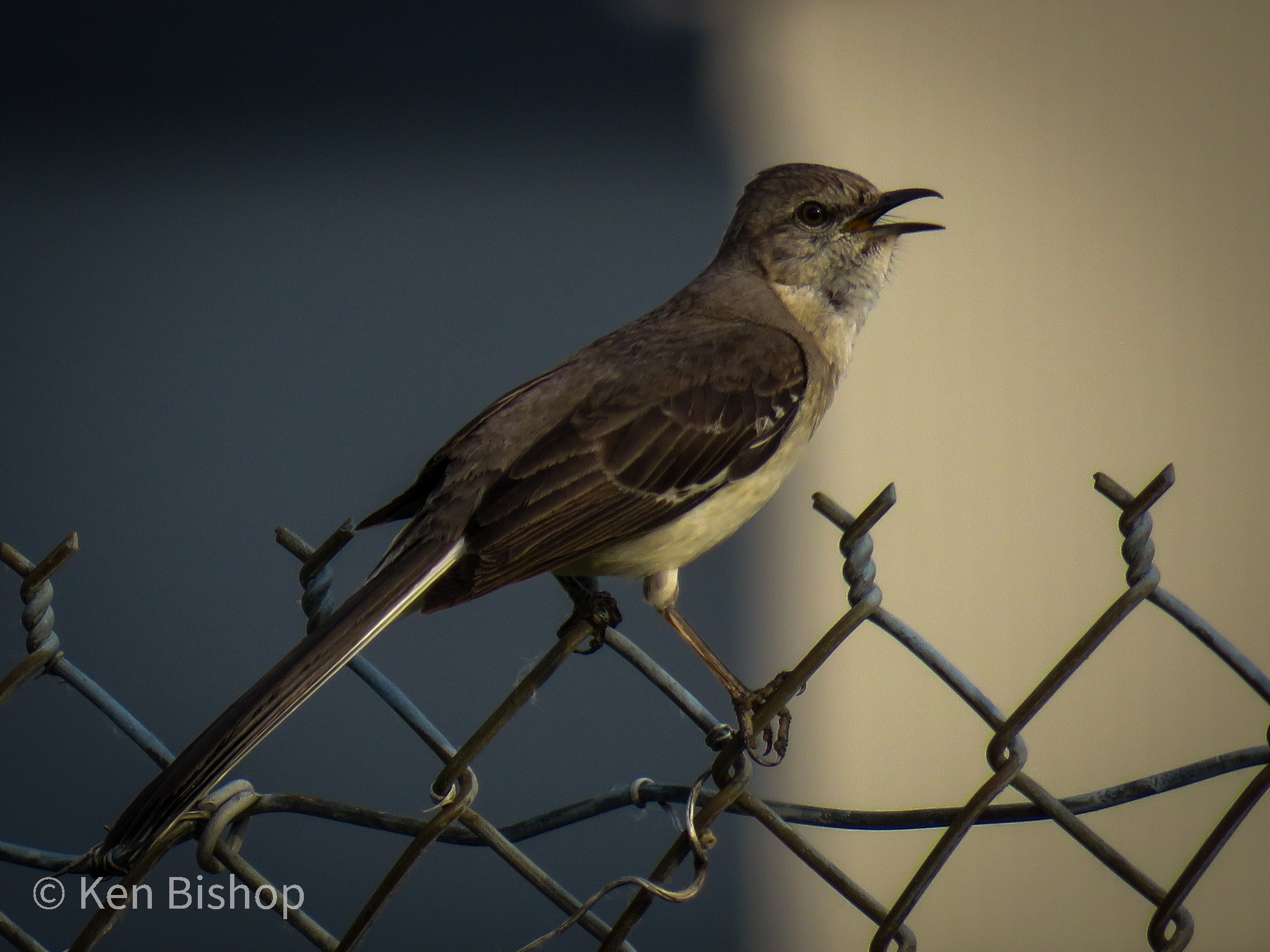
I had a little early morning free time on Saturday, June 12th. I wanted to bird, but also needed to beat the heat to do a routine brake and rotors replacement on my vehicle. I scanned through my email, looking for a a potential bird of interest nearby. My eyes fell on an email alert for a Northern Mockingbird being seen less than 30 minutes from home at the Southwest Michigan Regional Airport in Benton Harbor. This bird was an ideal distance from home and in a location that was relatively easy to access. I hopped on I-94 West until I hit Exit 39, and took Red Arrow Highway until I reached the airport. Red Arrow makes a funny jog at the airport and intersects with Territorial Road. The easier route off Exit 33 is currently closed for construction.
It only took me a few moment to locate the two decrepit buildings described in the email and only a moment longer to find the Mockingbird, perched on the powerline between both buildings. I waited patiently to see if it would come closer, or better yet sing. Mockingbirds are notorious for learning and imitating a wide selection of birdsongs from other species as well as other noises they hear around them. I imagine the more birdsongs they learn, the more attractive they are to a mate.
I only had to wait a few minutes for a better look. From the wire, the Mockingbird flew closer, perching on the chimney of the closer of two buildings. Only for moment to scratch itself though, as it’s next move was to fly straight across the road to sing on the chain-link fence of the airport. The bird was sitting in perfect lighting, at eye level and close enough to rely solely on the optical zoom of my Canon Powershot SX540 HS. I slowly inched out of my car, careful to not disturb the Mockingbird, who didn’t seem to mind the attention in the slightest.
Between shots I enjoyed a rather diverse array of nearly perfect imitations of common bird calls delivered in series of between 2 and 6 repetitions. I was able to identify Downy Woodpecker, Northern Flicker, 2 different Blue Jay calls, Tufted Titmouse, White-breasted Nuthatch, Carolina Wren, Killdeer, Red-winged Blackbird, Great Crested Flycatcher, American Robin and several more. Every several series, the Mockingbird would make a short hop, flapping it’s wings, showing off it’s bold white wing spots. I was able to capture a couple short sound clips using the video feature on my Powershot. I’ve uploaded them to my new YouTube channel, that I may occasionally update with new birding clips. I’ve posted the videos here as well!
After several minutes, the Mockingbird relocated just across the street, perching on the exhaust stack of an old tractor, and continued to embellish on it’s already impressive playlist of bird calls. It was still close for some good shots, but the composition was not as great, as I no longer had the sun at my back. The bird was a little over-exposed on it’s right side because of this, but I thought the exhaust stack was a cool feature that emulated the southern farmyard that I always imagine is the species preferred habitat.
Sometimes it pays to slow down the birding and spend some time with one or two to really learn about them! Just making a quick stop to add a checkmark to my Michigan Year List would have done this show-off a disservice.
About the Species:
Northern Mockingbirds are an iconic southern species of residential areas and farms. Mockingbirds become more challenging to find the further north you go. Their breeding range just barely touches the southernmost band of counties of Michigan’s Lower Peninsula according to most range maps found in field guides or on bird websites. However, many scattered reports of individuals as far north as the Upper Peninsula trickle in every year, perhaps indicating they are expanding their breeding range northward very slowly. Regardless, it means, in most cases, that if you want to see a Mockingbird in Michigan, you are most likely going to have to chase one down!

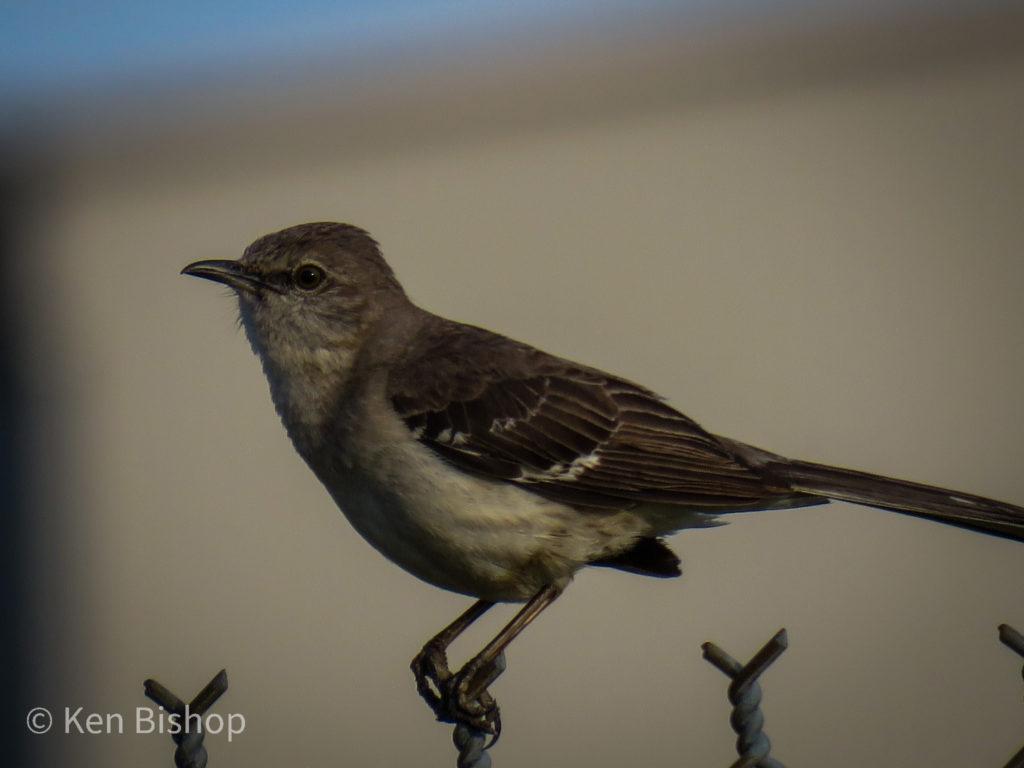
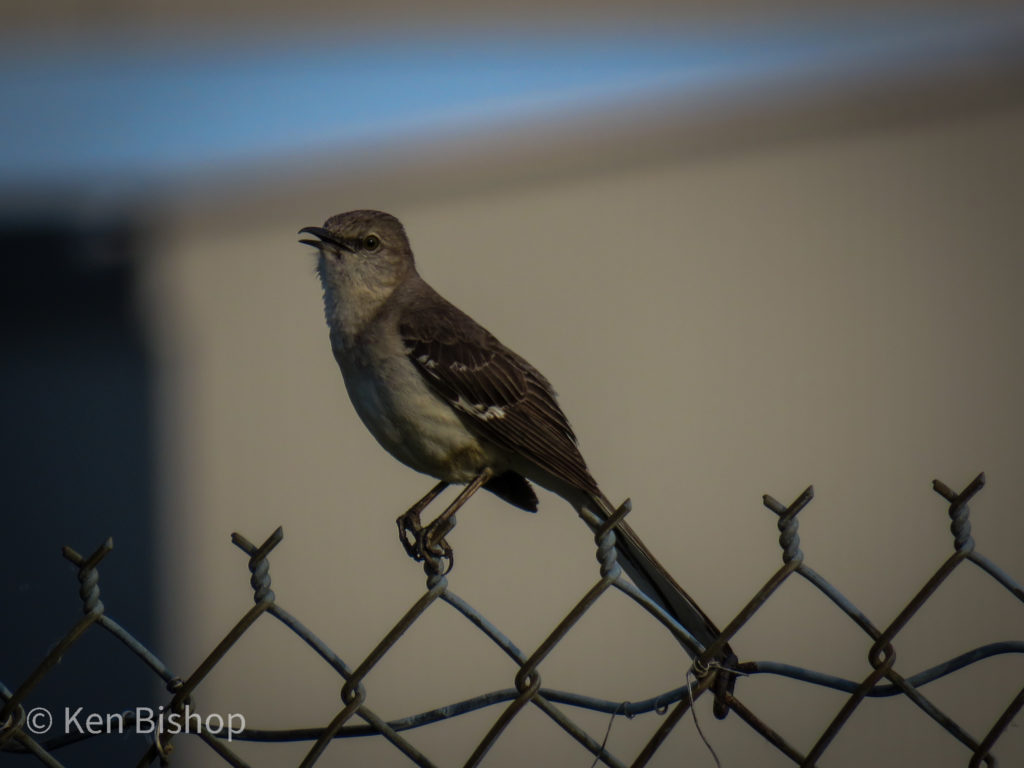
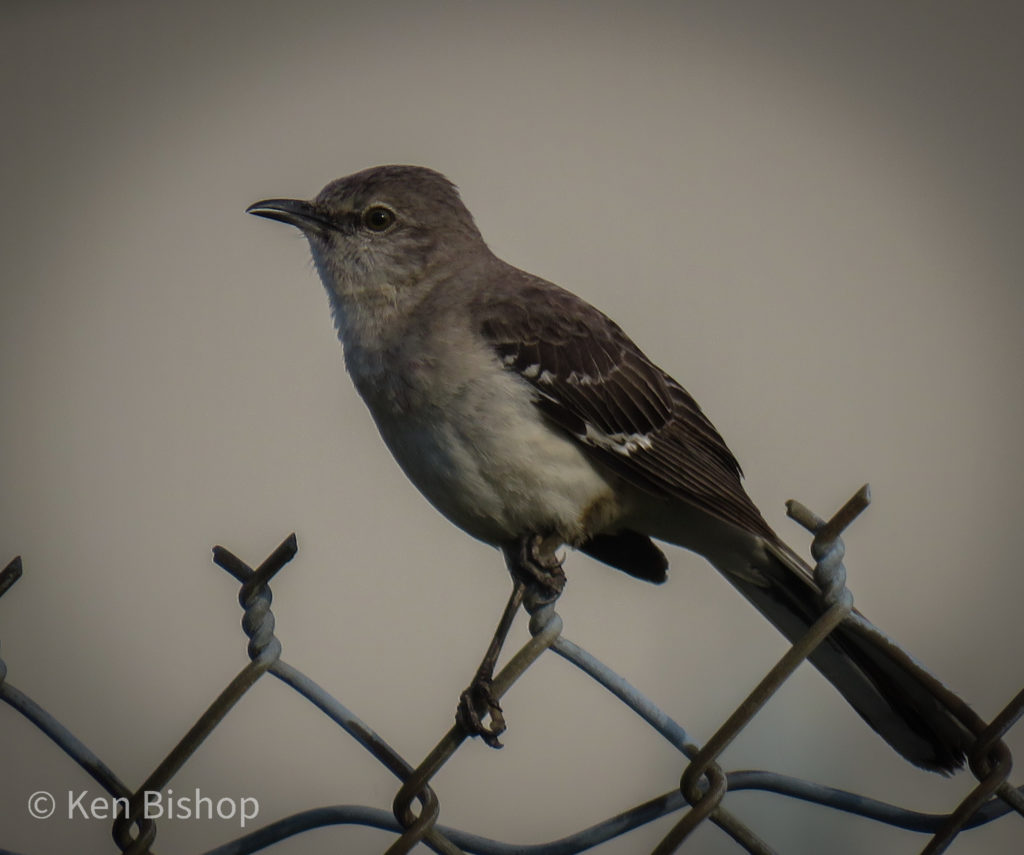
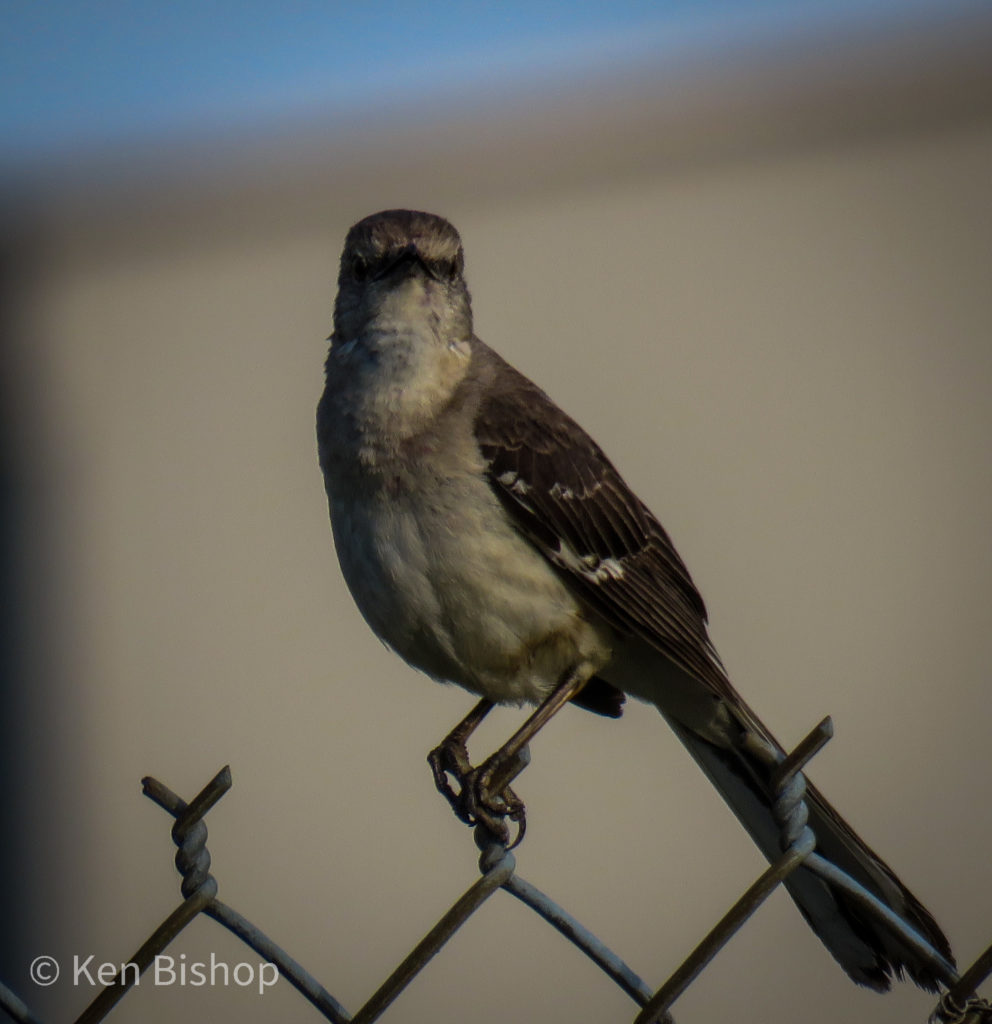
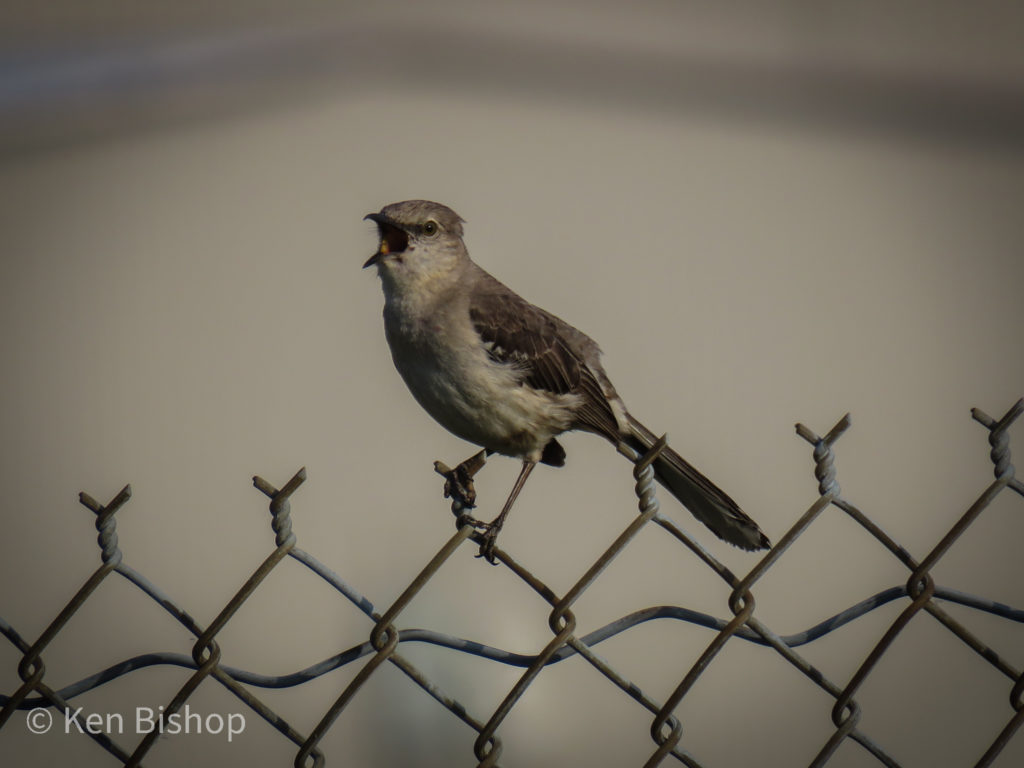
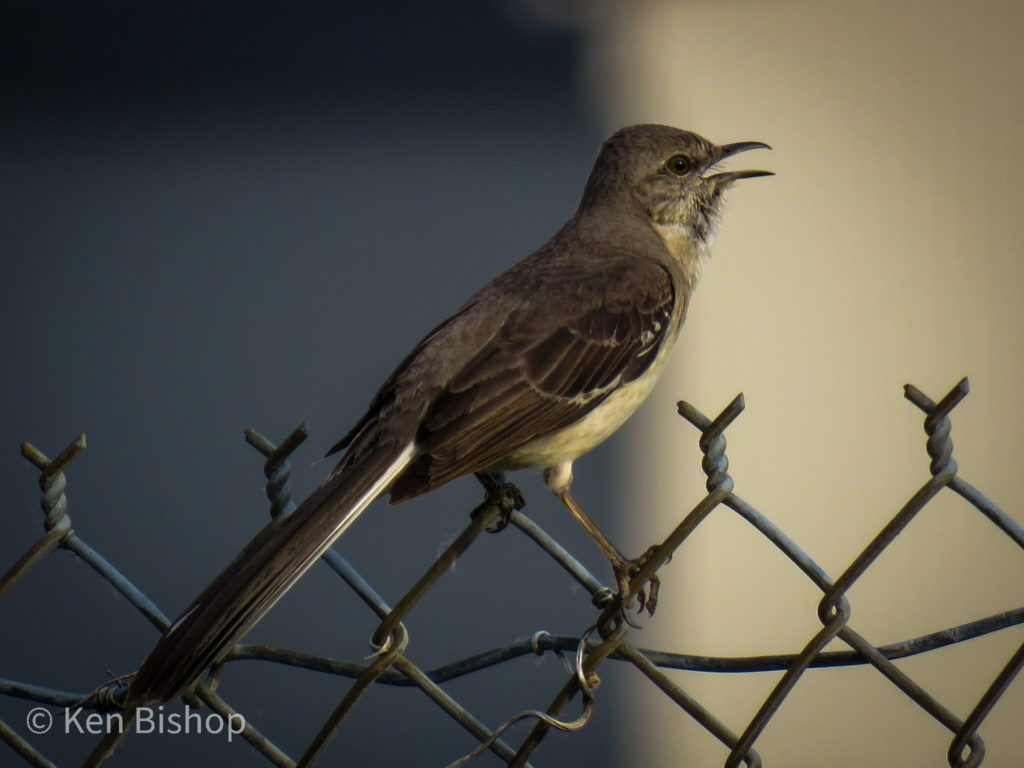
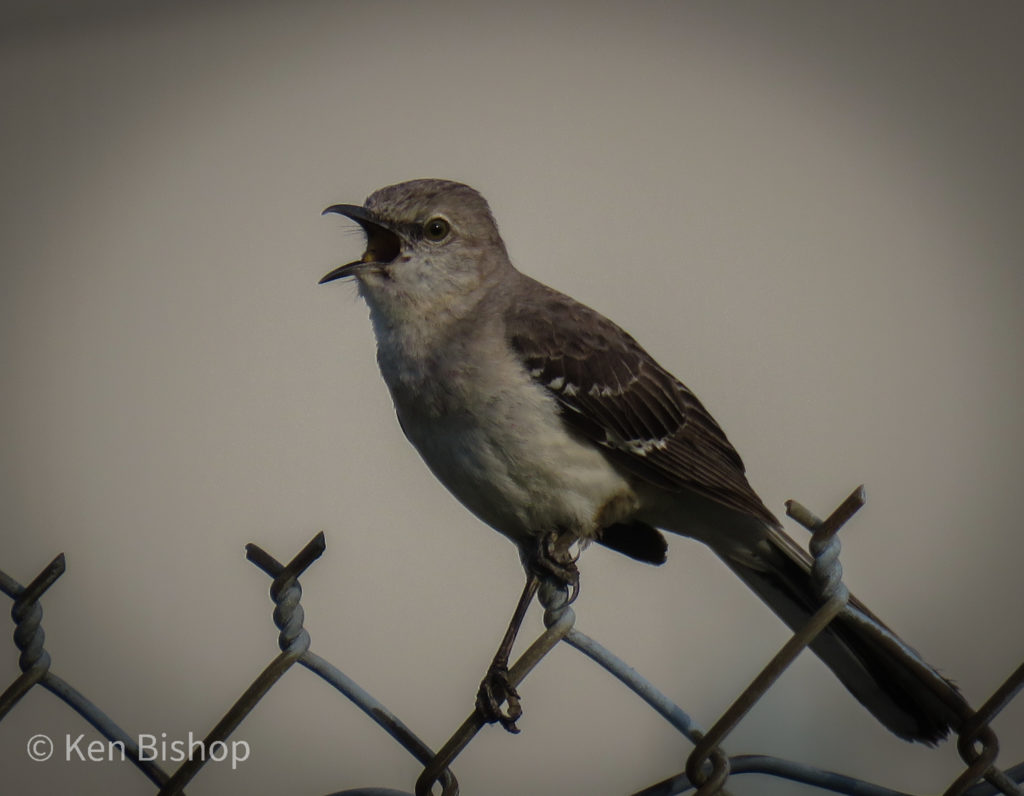
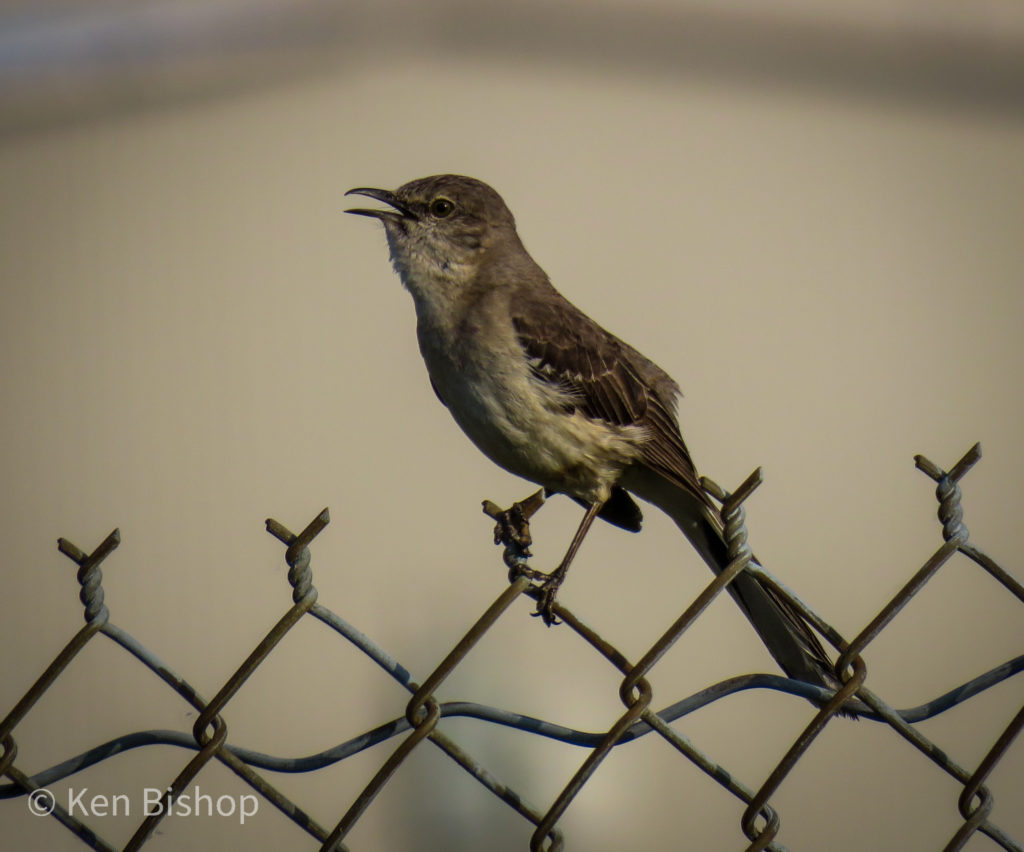
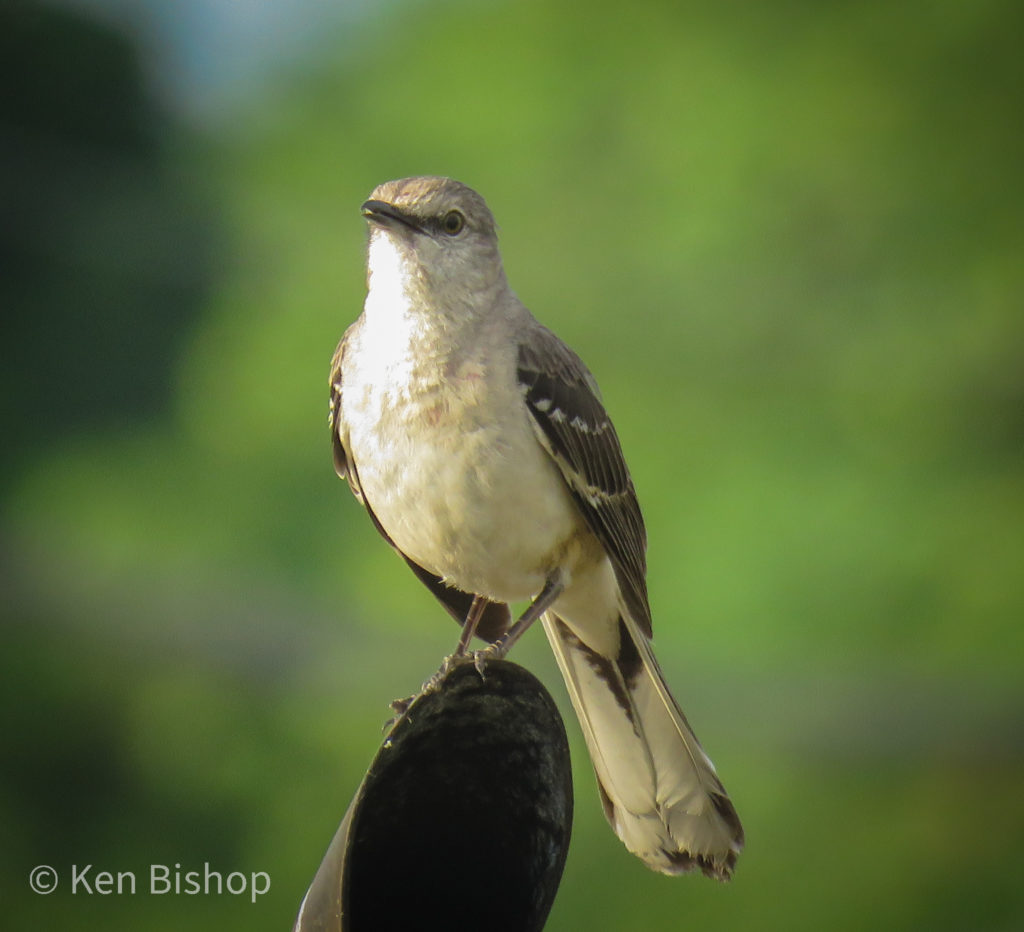
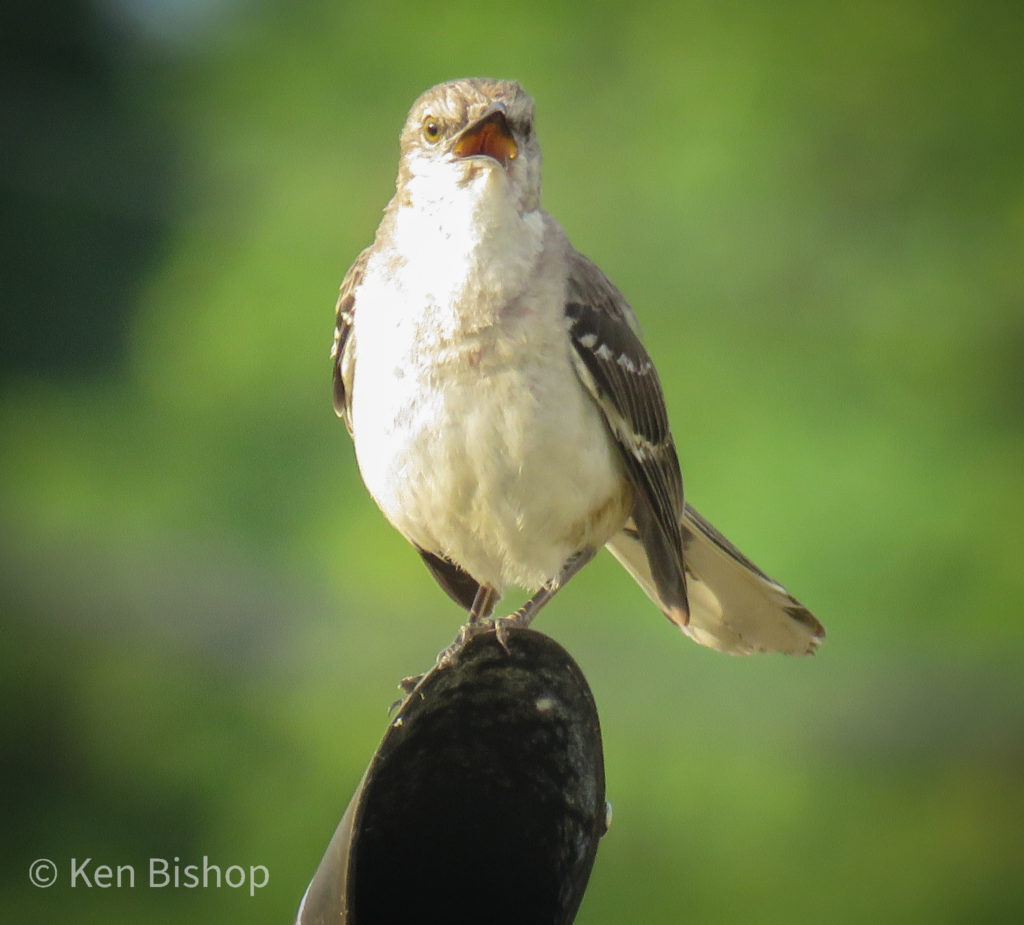
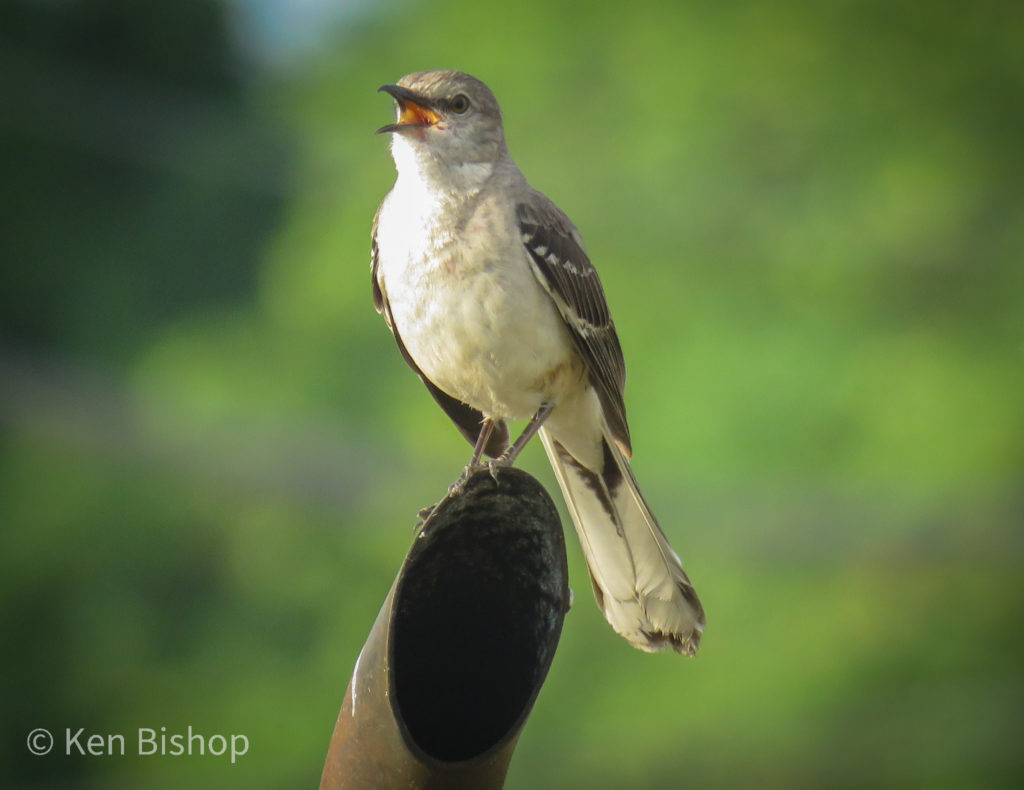
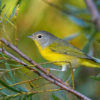
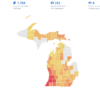
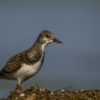
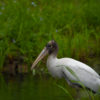
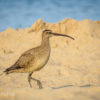

What a great read after a loong Manday at the office. Great job KB, amazing photos!
We were in Allegan County on June12! Struck out on Prairie/Hooded, very briefly saw the Worm-eating but no pics.
Thanks! There just doesn’t seem to be as many WEWA around Swan Creek this year. I think it is all related to our rather lackluster spring migration.